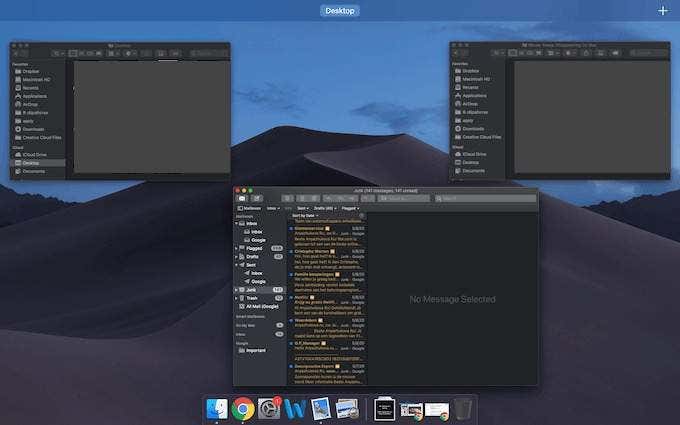
If you don’t see the word Command in the bottom of the Command window, You know a command is still active. There are two things that tell you that you are in the middle of a command, as mentioned above. You’ve just drawn, and then un drawn a line of an arbitrary length. Now the line you drew previously will rubber-band as if you hadn’t selected the second point to fix its length. To do this, click Undo in the Standard toolbar, or type U.J from the keyboard. If the line you drew isn’t the exact length you Want you can back up during the Line command and change it. The first rubber-banding line is now fixed between the two points you selected, and a second rubber-banding line appears.Ĥ. Move the cursor to a point below and to the right of the first point you selected, and press he left mouse button again. You’ll learn more about Polar Tracking.ģ. If you don’t see it, chances are it’s just been turned off. It can be turned on or of by clicking the Polar button in the status bar. It helps to restrict your line to an exact horizontal or vertical direction like a square and triangle. In fact, Your cursor will seem to jump to a horizontal or vertical position. This action also occurs when pointing directly up or down. If you move the cursor to a location directly to the left or right of the point you clicked on, you’ll see a dotted horizontal line appear, along with a tool tip-like message that appears at the cursor. Now as you move the mouse around, notice a line with one end fixed on the point you just see and the other end following the cursor.

As you select the Point, AutoCAD changes the prompt to Using the left mouse button, select a point on the screen near the center. This is a clue telling you to pick a point to start a line.Ģ. In the command prompt, asking you to select a point to begin your line. Also, the cursor has changed its appearance it no longer has a square in the cross hairs. AutoCAD responds in two ways, First you see the message. Click the Line tool on the Draw toolbar, or type L.J, You’ve just issued the Line command. Of course, your drawing doesn’t contain anything yet. dwg, located in the Sample subdirectory of your AutoCAD 2000 directory. Double-click the Sample folder shown in the main file list of the dialog box. By doing this, you open the Sample subdirectory,ġ4. As you type, the name appears in the File Name input box.ġ3.

At the Save Drawing As Dialog box, type Door. To give your new file a unique name, choose File > Save As.ġ2. This ensures that your display covers the entire area you specified in steps 7 and 8.ġ1.

Choose View > Zoom> All from the menu bar. Anew drawing file appears in the AutoCAD window.ġ0. Press the Tab key to move to the next input box and enter 9. Double-click the Width input box and enter 12.

Go ahead and click Next again in the Units dialog. by the radio buttons. You’ll learn more about these options in the next chapter. For now, you’ll use the default decimal units as indicated. Click the Use a Wizard button at the top of the dialog box.Ħ. The Create New Drawing dialog box appears.ģ. Notice that the toolbars disappear and the AutoCAD drawing window appears blank when no drawings are open.Ģ. Choose File > Close to close the current file.
#Autocad for mac cursor dissapears when opening a 2nd drawing how to
This time you will begin to draw on your own drawing, by creating door that will he used in later exercises. First, though, you must learn how to the AutoCAD what you want and even more important, to understand what AutoCAD wants from you.ġ. You looked at a pre-existing sample drawing.


 0 kommentar(er)
0 kommentar(er)
